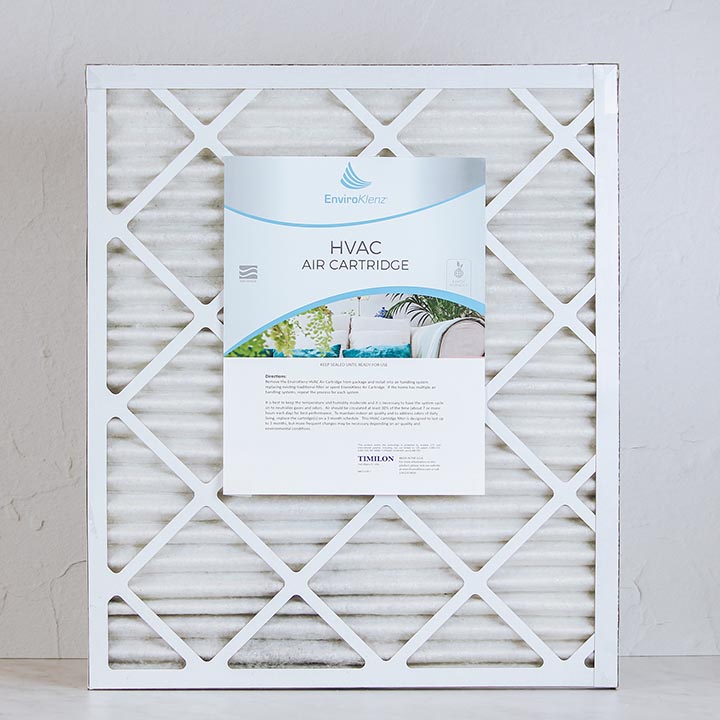Manipulating materials and functionalization at the bottom of the size scale are two important tools that the textiles sector has at its disposal to develop advanced textiles. For six decades, there has been growing interest in exploring and exploiting the science at the bottom of the material size range. Professor Richard Feynman is credited with re-discovering this aspect of science and technology and the field is enabling amazing developments in materials science, medicine, energy harvesting and storage. The textiles sector has been exploiting this field since the 1990s, focusing on the electrospinning of nanofibers. Nanofiber spinning, nanomaterials for textile functionalization and nano surface finishing are some disciplines which have gained considerable attention and has resulted in commercial products such as water repellant clothing, air filters, etc.
Outlook for the nano sector by many agencies indicate that this sector will have an annual growth rate of 10-15% during this decade. Many governments have national missions such as the National Nanoscience Initiative in the United States and the National Mission on Technical Textiles in India, which are enabling the growth in advanced textiles that involve different aspects of nanoscience.
Disruptive vs. Incremental Developments
Scaled-up production of nanofibers has enabled commercialization of nanofiber-based filters and myriad advanced textiles. While the development of nanofibers and nanocoating was considered as disruptive when it occurred three decades back, subsequent developments have been incremental. These days, there are commercial scale electrospinning units and allied technologies that help with the mass production of nanofibers. However, the production levels are not at normal levels common in commodity textiles. Leading filtration and advanced textiles manufacturers have been using nanofiber and submicron substrates for developing high efficiency filters, high-end wipes and clean room products.
The need for high surface area and high adsorbent/absorbent substrates has heightened with the aerosolized mode of transport of viruses and other microbes since the COVID-19 pandemic. Research and surveys have shown that nanofiber embedded high efficiency Filtering Facepiece Respirators (FFRs) are good at filtering aerosolized submicron-sized particles with size less than or equal to 0.03 micron, such as SARS-CoV-2. During the COVID-19 period, there have been many incremental developments involving coatings and functionalization of nanosubstrates.
Many governments have national missions such as the National Nanoscience Initiative in the United States and the National Mission on Technical Textiles in India, which are enabling the growth in advanced textiles that involve different aspects of nanoscience.
Functionalization Using Nanoparticles
Fine sized particles such as nano metaloxides offer high surface area and reactive sites, which add value to nanofiber-based substrates. Nanoparticle functionalized materials degrade penetrating particles and toxic chemicals in addition to filtration. United States Defense Threat Reduction Agency (DTRA) recognized the importance of this field by funding projects at academic institutes like Kansas State University. Early stage support resulted in start-ups, which have resulted in the commercialization of nano filter and wipes.
A recent research project at Texas Tech University has effectively utilized the in-situ functionalization of nanofibers with nanoparticles while spinning the fibers. Functionalized poly(vinylidene fluoride) [PVDF] fibers were able to catalytically degrade toxic dyes such as Rhodamine B at visible light range. Such filters were able to perform at visible light range instead at UV-range providing more efficiency.
Timilon Corporation manufactures high surface area micron and submicron powders, mostly metaloxides that can be incorporated with fibrous substrates, which can be made into pleated filters and different functionalized industrial textiles. Functional nanoparticles help to diversify products and applications. “Although the Timilon nanoparticle technology was originally designed for chemical decontamination applications, bringing the technology to the air purification market in the forms of our EnviroKlenz air purifiers, filters, and cartridges has been rewarding and a good fit for the capabilities of the compounds, especially the past few years as air quality and pollution has been at the forefront of everyone’s mind,” stated Kyle Knappenberger, Director of Technology Support and Quality Assurance at Timilon Corporation.

Next Phase of Nanomaterials
The advanced textiles sector can harness the enormous potential of the nano science field by paying attention to three aspects: 1) Scalability; 2) Environmental issues; and 3) Cost points with respect to the environmental aspect, some concerns that still persist pertain to understanding toxicity, solvent recovery and micro/nano level pollution.
Research laboratories can work with regulatory bodies through research funding mechanisms to evaluate environmental concerns. Knowledge generated with public support will be valuable for the industry to address the safety concerns and move forward with commercialization. Industry can collaborate with academic research laboratories for translating research from laboratory to market space through Small Business Innovation Research and Small Business Technology Transfer programs. These days, national governments are interested in supporting such activities in burgeoning areas such as nanoscience, green energy harvesting and nano medicine. Nanofibrous substrates find applications in areas such as tissue engineering, battery separation, high efficiency filters, PPEs, etc.
The advanced textiles sector involving nano products need to take sustainability seriously with the use of earth friendly materials and exploiting green chemicals and processes. The nano sector is lagging in these areas, which provide enormous opportunities for government supported research activities. Chennai, India-based Asthagiri Herbal Foundation is involved in research on nano formulations for antimicrobial applications from herbal and natural products. Such research efforts are promising and offer new opportunities for the textile sector to find replacements for fossil fuel-based monomers. By utilizing cotton fibers which are finer compared to base range fibers can help with developing high absorbent wipes. The textiles sector should concentrate on understanding the effect of size. For example, considering the fineness of fibers or manipulating the micro and nano surface layers to have different surface finishing effects.
Fertile Ground
In summary, nano field provides fertile platform for the SMEs in the manufacturing sector to diversify and expand into advanced and functionalized materials fields. “Startups in nano areas are important for pushing new opportunities that may not be looked at by bigger companies,” stated Kyle Knappenberger. The nano-textile sector needs to focus on new knowledge generation, work on safety concerns and undertake wider outreach to stakeholders such as policy makers and consumers.
The manufacturing sector is getting due attention in developed economies and nano manufacturing has its due role in the growth of the manufacturing sector and economy.


